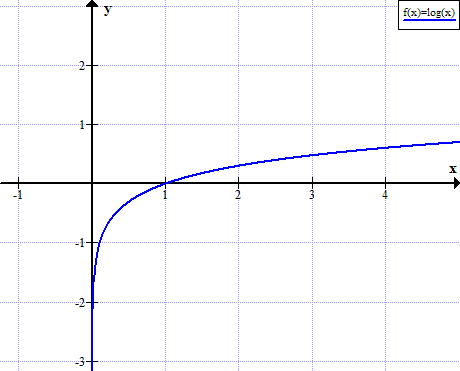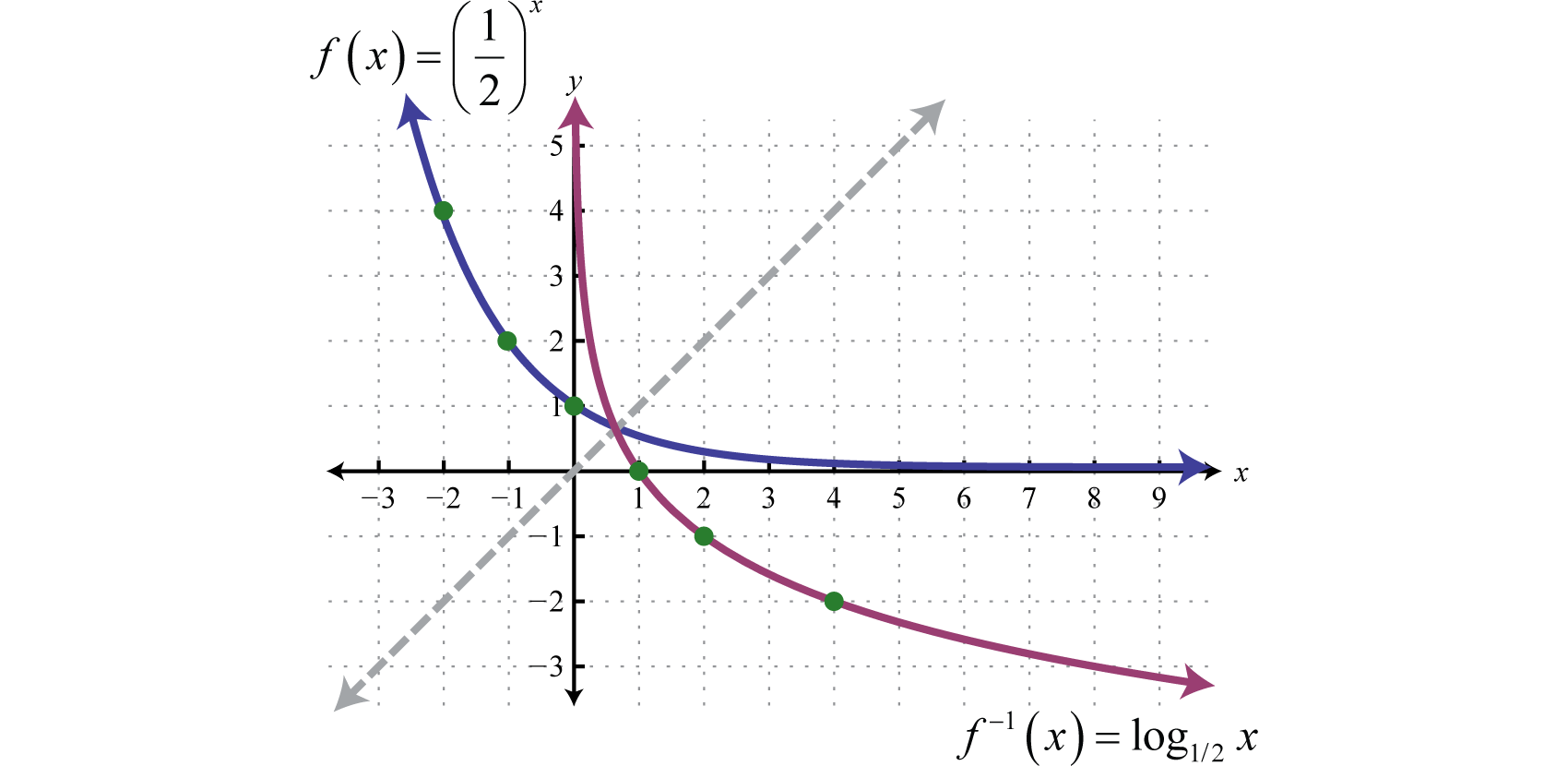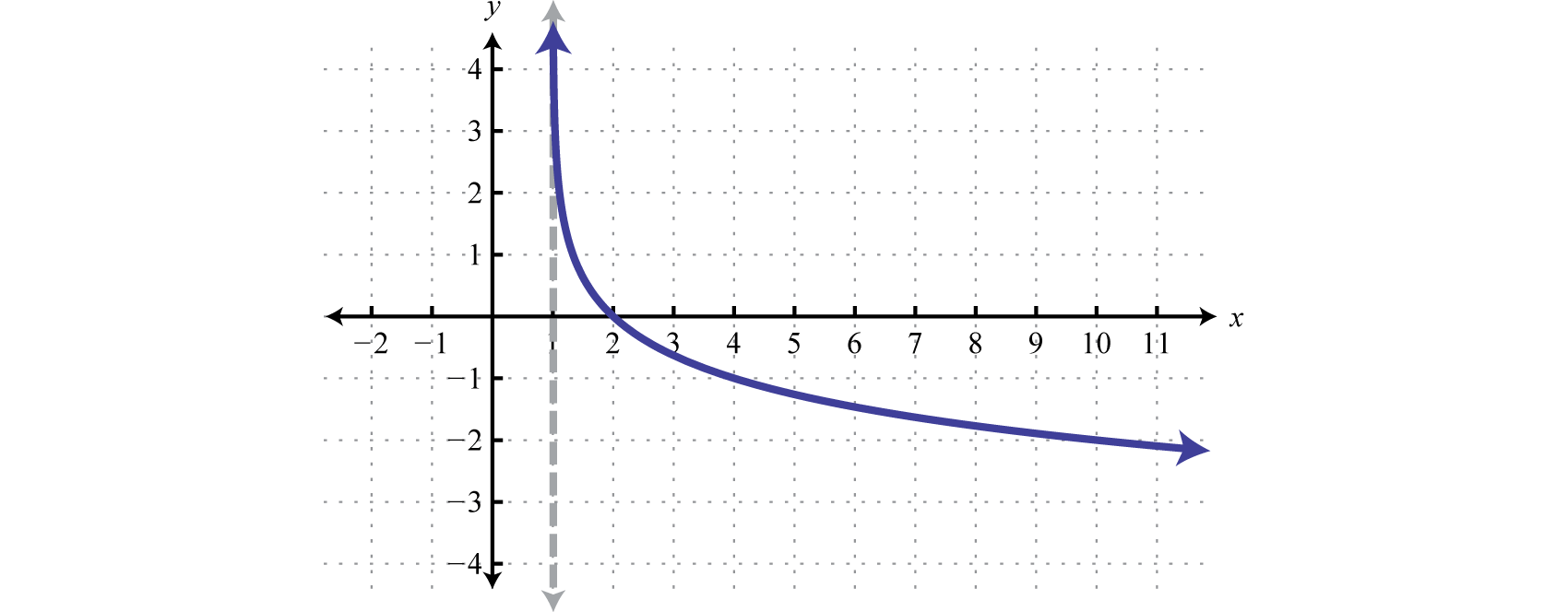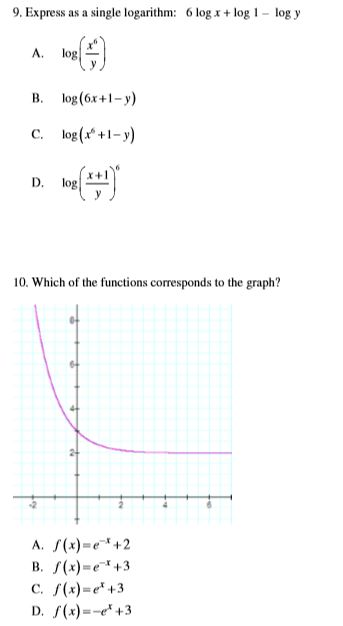If y = log((1 - x^2)/(1 + x^2)), then dy/dx = A. 4x^3/1 - x^4 B. 1/4 - x^4 C. 1/4 - x^4 D. 4x^3/1 - x^4 - Sarthaks eConnect | Largest Online Education Community
SOLUTION: I need to graph Y= log1/2(x-1)+3 and I need to find the intercepts. note the 1/2 is small at the bottom of the g









![Solved: Graph each equation. [11.3]y = log1/2 x | Chegg.com Solved: Graph each equation. [11.3]y = log1/2 x | Chegg.com](https://media.cheggcdn.com/study/031/03128796-8027-4c0b-8091-380d00ec1b37/6651-7-27R-i9.png)










